If it seems crazy that Enzo Ferrari took such convincing to mount engines in the middle of his road cars from the 1970s, it seems equally unbelievable that Renault followed suit with the humble Renault 5 a few years later.
But we’re glad it did, because the 5 Turbo set the template for a series of sporadic, idiosyncratic mid-engined creations either based on incongruous family transport or clean-sheet designs that made very little sense at all, and they’re still at it to this day. The world would be a poorer place without them.

Renault 5 Turbo
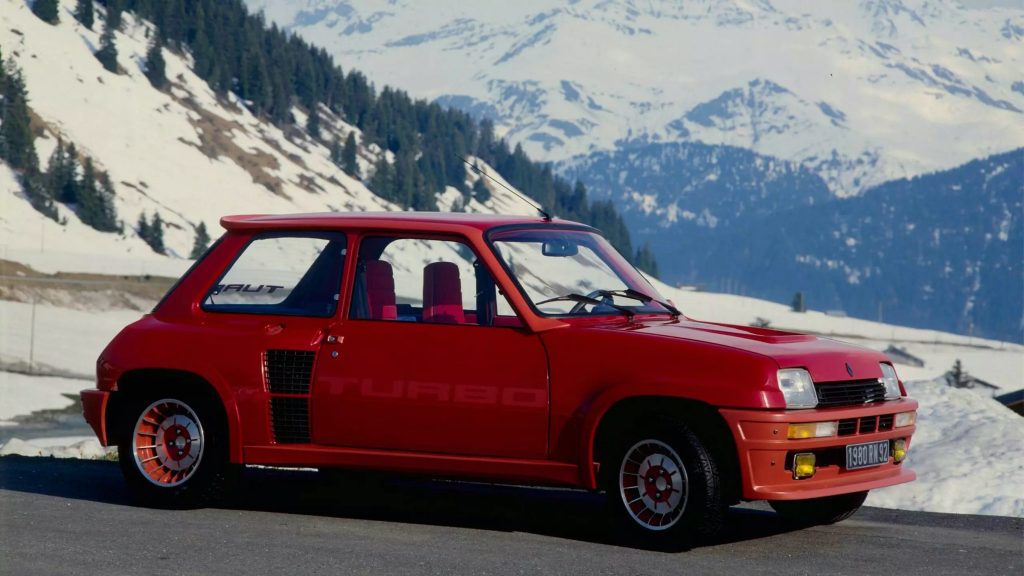
In the late 1970s Renault had a conundrum: it wanted to emulate the success of the mid-engined Lancia Stratos in rallying but also to promote its front-engined Renault 5 city car. Divorce courts call these irreconcilable differences. Renault called it a challenge and swiftly removed the back seats and torsion bar rear suspension from its 5 body shell, dropped in a turbocharged 158bhp version of its pushrod 1397cc ‘four’ and suspended the driven rear wheels on bespoke wishbones. Then Bertone, designer of some of the world’s most beautiful cars, designed a rear end like a static caravan on a low loader (très cool it was too).
With a turbocharged engine in the middle of the car, driving the rear wheels, and a hatchback with a wheelbase barely longer than its doors, normal drivers would have thrown this off the first corner of a snow-covered Monte Carlo rally. But Jean Ragnotti is the best kind of not-normal and drove the Renault 5 Turbo to victory on its motorsport debut on the 1981 Monte, taking a second victory – again on home soil – at the Tour de Corse the following year.
Renault made 1820 5 Turbos, easily meeting homologation requirements, and it’s these cars that all rally machines are based on. The Turbo 2 followed in 1985, with 3167 produced. They didn’t have all the lightweight parts nor the specific interior (and even dash) of the original, but it was similarly rapid and strikingly styled.
Don’t confuse the Turbo 2 with the Maxi 5 Turbo, of which just 20 were produced to satisfy Group B rally regulations (and again won two WRC rallies, once with Ragnotti and finally with Joaquim Moutinho). The 1527cc engine was equipped with an anti-lag system borrowed from F1 and could make 350bhp in a car weighing just 905kg. Properly nuts.
Renault Espace F1
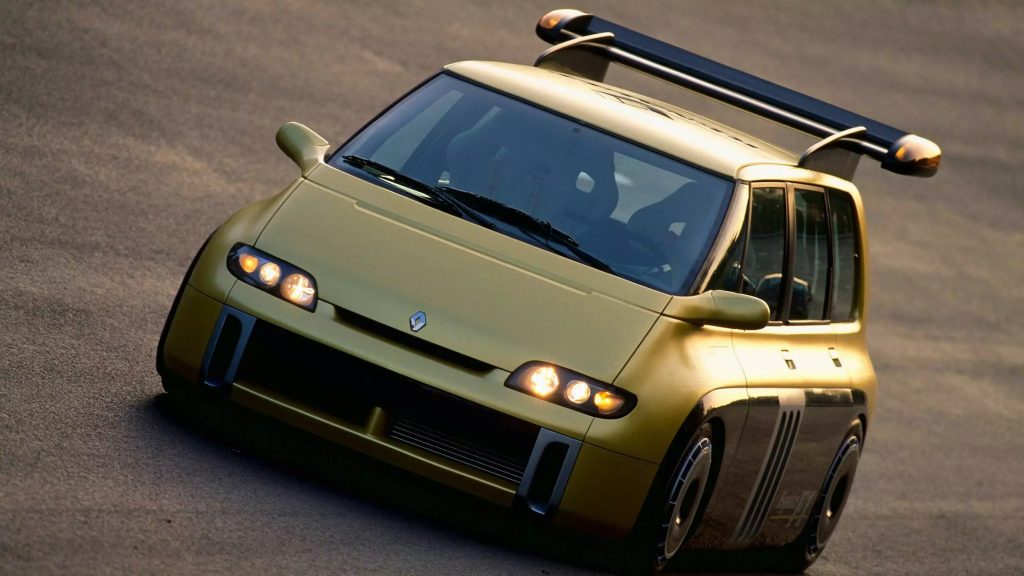
After a period of tedium in which engines were placed ahead of the driver and space provided for all the family, Renault’s mid-engined tendencies resurfaced in 1995, mid-way through Renault’s run of six Formula One manufacturer titles from 1992 to 1997, plus five driver titles split between Mansell, Prost, Schumacher, Hill and Villeneuve. It was the high point of both Williams’ and Renault’s various F1 programmes (and not an unhappy one for Schumacher, whose 1995 title came at the wheel of a Renault-powered Benetton), and every one of those wins was scored with glorious Renault V10 screamers.
Again the French faced a conundrum: how to unite success at the pinnacle of motorsport with a road-car range aimed at annoyingly wealthy students, school-run parents and sales reps. To be fair, the period did give us the relatively sensible (but brilliant) Clio Williams.
But clearly some execs found this too sensible, and so Renault brought us the one-off Espace F1, an MPV with actual Formula 1 innards. Even flying down Silverstone’s Hangar Straight and rapidly heading for its 194mph top end, two things were obvious: the Espace F1 was definitely a Renault Espace (big brick with five doors) and it was definitely not an ordinary Espace (big brick with five doors, massive rear wing, slicks, huge air vents). Those who rode in it at the time will tell you that at the end of each straight there would be a ‘thump’ felt through the floor; it was the rear wheels landing back on the floor as the driver eased off the brakes. The Espace had a fraction of the downforce of a contemporary Williams FW14 Formula 1 car.
The madness that lay beneath consisted of a carbonfibre chassis, the rear of which was lifted directly from the FW14, and fitted with a mid-mounted F1 engine – a naturally aspirated 3.5-litre 40-valve V10 that produced around 800bhp and could rev beyond 13,000rpm. Its intake trumpets stuck up between two bucket seats mounted for rear passengers (seven-seat MPV it may no longer have been, but it still had room for four).
Fernando, we know it’s proving tough this year, but there’s a mid-engined Kadjar with KERS, slicks and your name on it if you do the business. Go get ’em, champ.
Renault Sport Spider
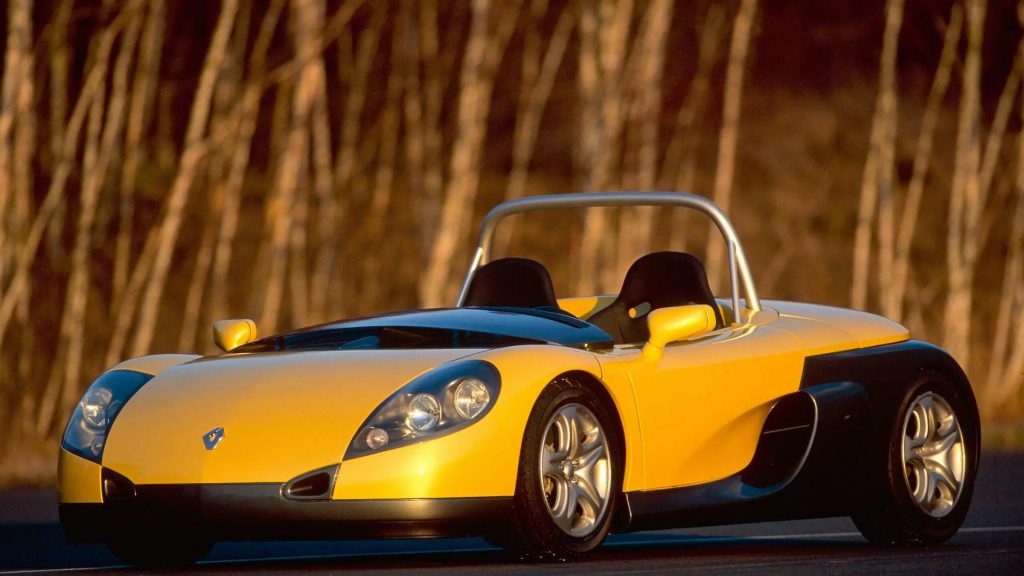
A year after the out-of-space Espace F1 landed, along came the Spider in 1996, the first Renault Sport-branded car and a kind of French Lotus Elise that arrived poorly prepared for the British weather.
Unlike the Espace, this time there was a proper motorsport link (the Spider ran in a one-make championship that supported the British Touring Car Championship, and was dominated by Jason Plato and Andy Priaulx) and we could all buy one too… well, 1685 of us could.
No screaming F1-spec V10 here, though – instead, slung transversely behind the driver, was a naturally aspirated 2.0-litre twin cam from the Clio Williams, with an unremarkable 148bhp. Not enough to set your hair alight, but the engine’s a rev-happy little gem and the Spider was relatively light at 930kg (if only 60kg lighter than the Clio) thanks to lightweight composite bodywork (with attention-grabbing scissor doors) and a bespoke aluminium chassis with rose-joined suspension.
The interior is starkly minimalist, and left-hand drive cars (the vast majority) got only a small sliver of an aerofoil, but all 96 right-hookers went full lux with a windscreen and wiper. An emergency hood could also be attached for speeds of up to 50mph.
Whichever side you sat on, there was no ABS, no brake servo, no stability control and no airbags. No frills but all thrills, the Spider was, and remains, a delight to drive. The steering is notably heavy at low speeds (even taking account of the lack of power assistance), but its physical heft is perfectly matched by a firm brake pedal, and a tight snicky gear change, and with speed the steering eases to become talkative and precise.
Really though, it’s the delicate mid-engined handling that makes the Spider truly special – modest power doesn’t trouble the rear tyres’ traction, but there’s very little body roll, and the Spider swoops in to corners with pin-point accuracy and a balance that’s intuitively adjusted with a mid-corner lift off the throttle. It’s a car that could so easily have worn the Alpine badge – not least because it was built in Alpine’s factory in Dieppe.
Renault Sport Clio V6
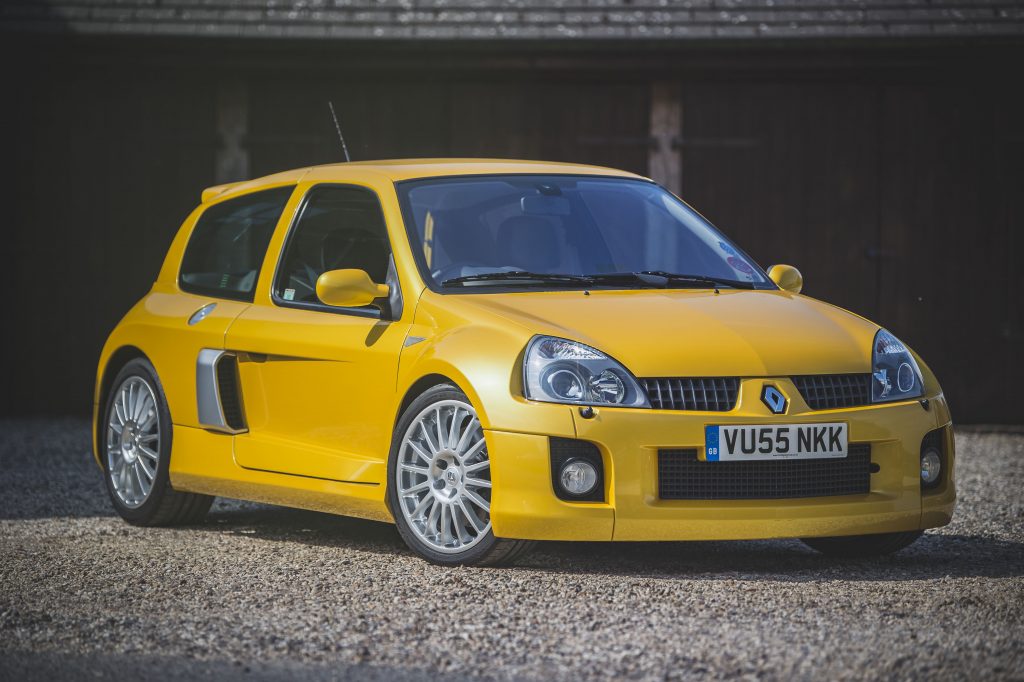
Just like the 5 Turbo, the Clio V6 was a humble shopping car that wore its body shell the wrong way round. Introduced to the world as a racing car for a one-make series to succeed the Sport Spider championship, in 1999 Renault confirmed Tom Walkinshaw Racing would develop and build road cars at its facility in Uddevalla, Sweden.
TWR took a standard Clio bodyshell, chopped it about and then clothed it in composite panels some 171mm wider than standard to cover wider tracks front and rear. It then lowered this bodyshell over a rear box section that housed new multi-link rear suspension and a 3.0-litre V6 pinched from the Laguna, bumped up 20bhp to 247bhp.
For all the mucking about with mechanicals, Renault did almost nothing to the interior, which was basically lifted straight from the Clio 172, its next most powerful hot hatch. Its humble look mkes the richly sophisticated idle of the V6 behind you feel all the odder.
For all the exoticism and extra power, the Clio V6 isn’t really any faster than a 172 – partly because it’s 300kg flabbier at 1355kg. But it is a fabulous drive, if surprisingly soft – Renault curiously pitched the Clio V6 as a long-distance GT.
The turn-in has the lightness and purity of a mid-engined machine, and AP brakes have mighty stopping power, but there’s also pronounced body roll, no stability control, a short wheelbase and very little steering lock. Mix those ingredients together and throw them at a corner and you’ll find the Clio V6 can be tricky – and it’ll spin like a waltzer if you’re not careful.
Renault addressed many of the Phase 1 Clio V6’s failings with the Phase 2 in 2003, notably firming the suspension, so these later cars are more coveted, sometimes being advertised for £70k, though prices start from £23k compared with £17-£30k for a Phase 1. Not cheap, but the most affordable examples represent your most accessible and abundant entry point to Renault’s mid-engined back catalogue.
Alpine A110
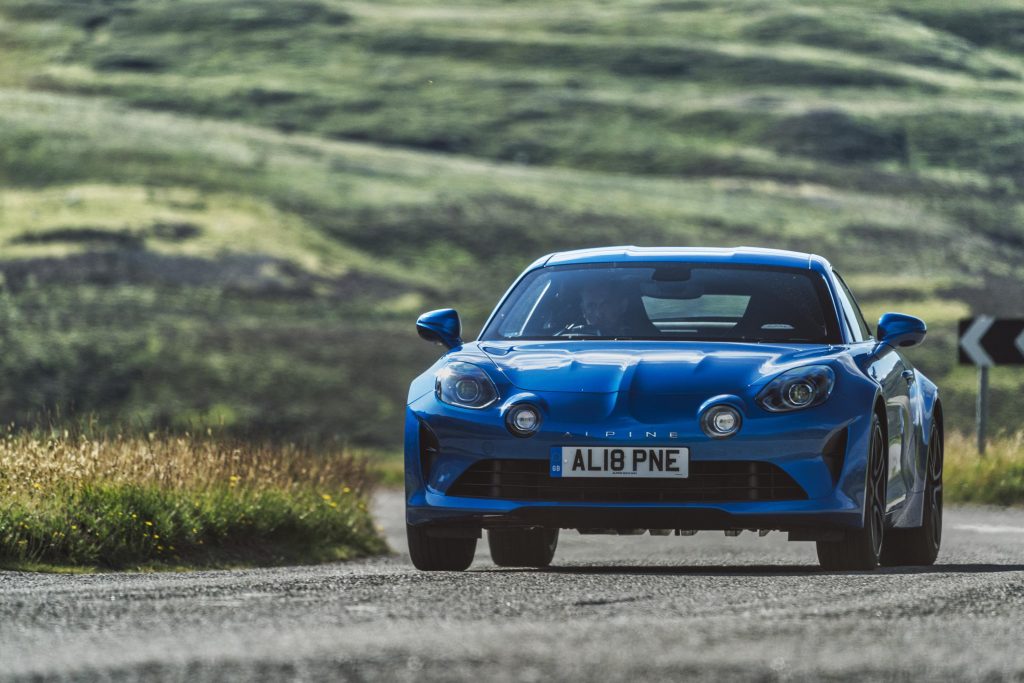
Earlier Alpine models had all been rear-engined and, after Renault bought the French brand in 1973, had worn Renault branding too. The exceptional A110 of 2017 flipped that on its head – not a Renault badge in sight, but a mid-engined layout.
Unlike some of Renault’s earlier mid-engined efforts, the Alpine A110 is in many ways a very sensible car – designed and built as a mid-engined sports car from the off, and highly useable it is too.
But the business case was another matter: in a declining sports car market dominated by prestige German brands, here was Renault launching a clean-sheet model on a new rear-wheel-drive aluminium platform with double wishbones all-round and a badge almost no-one remembered. It’s why the French initially tried to partner with Caterham, but when that deal collapsed Renault stuck at it, and we’re so glad they did.
Pretty looks take the original A110 from the 1960s and imagine how it’d have looked had it been continually evolved, much like a Porsche 911. It’s stunning, clearly derivative of the original without being a pastiche.
The drive is equally sublime – there’s a modest 248bhp, but also a feathery 1103kg mass thanks to obsessive weight saving (and a tiny footprint), and a chassis tuning philosophy that leaves hard and firm to the Germans and favours a softer approach. It means the A110 can flow fluidly down a road like a rider perfectly in tune with a galloping horse. Playful, supple, brilliant.
The Alpine is not a car for badge snobs, people who can’t see past numbers, or a car for those who insist on travelling with large suitcases, but if you want delicacy and driver engagement, the Alpine A110 is Renault’s best mid-engined sports car yet.
Also read
Opinion: Don’t let emotions ruin your next car-buying adventure
Opinion: If the Alpine A110 is the best sports car money can buy, why don’t we buy any?
The Renault R5 Turbo is smoking hot | Revelations with Jason Cammisa

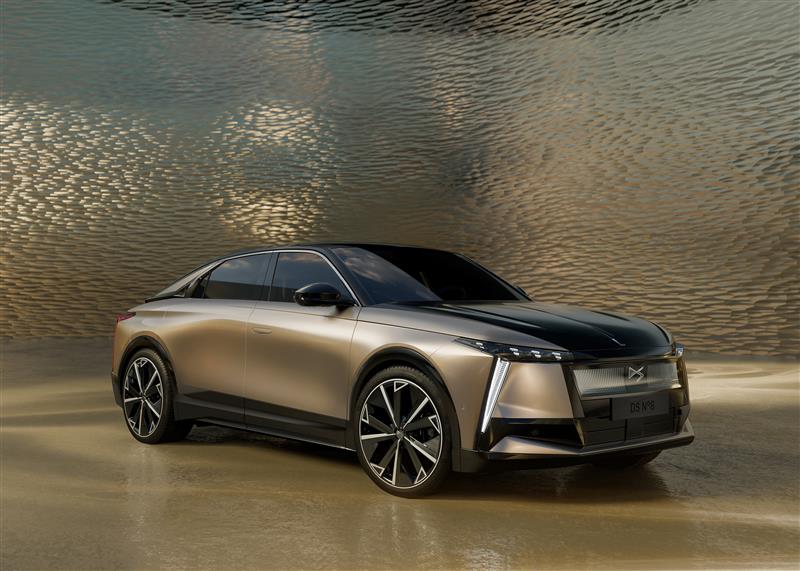
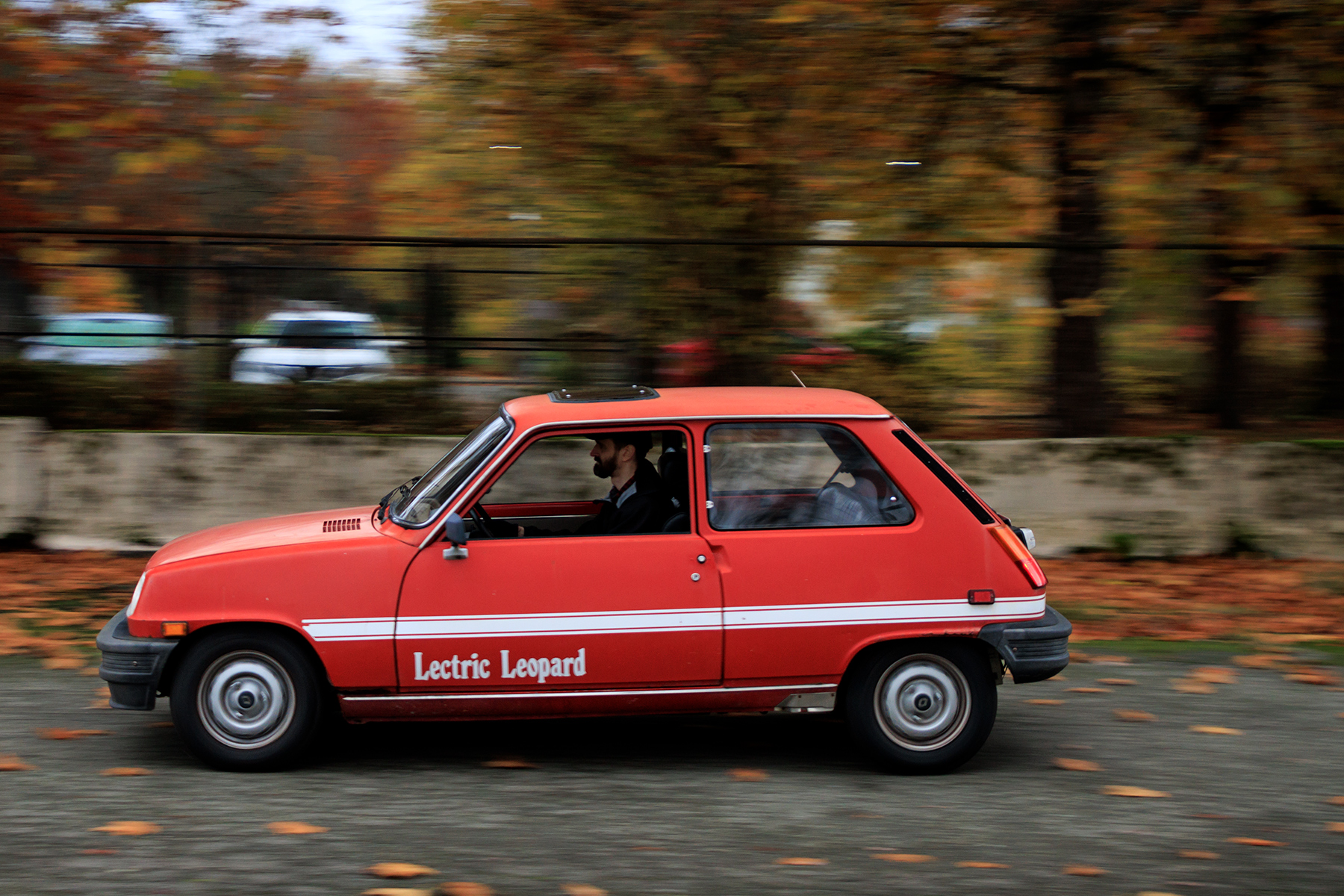
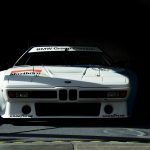






The 1st clip was done by twr as contract. 2nd was reworked by Renault development dept hence improved.